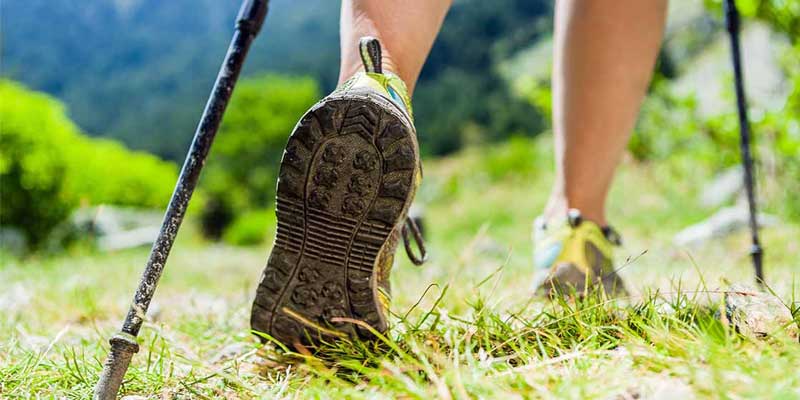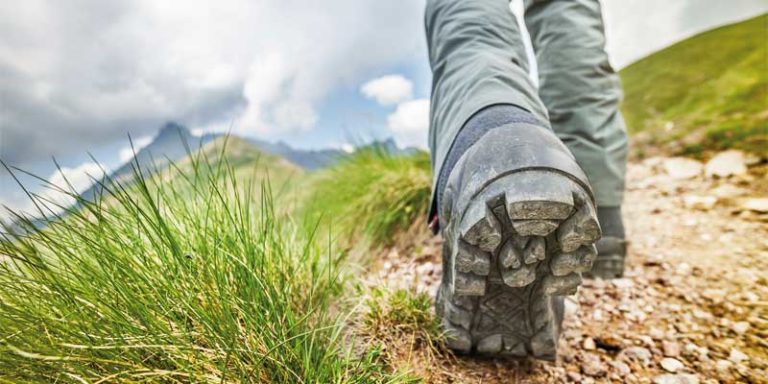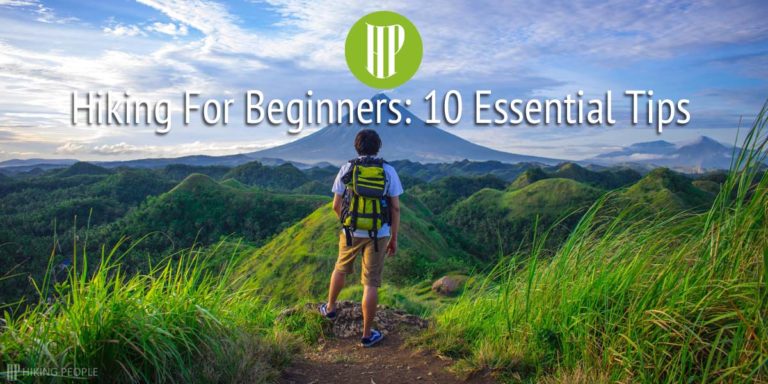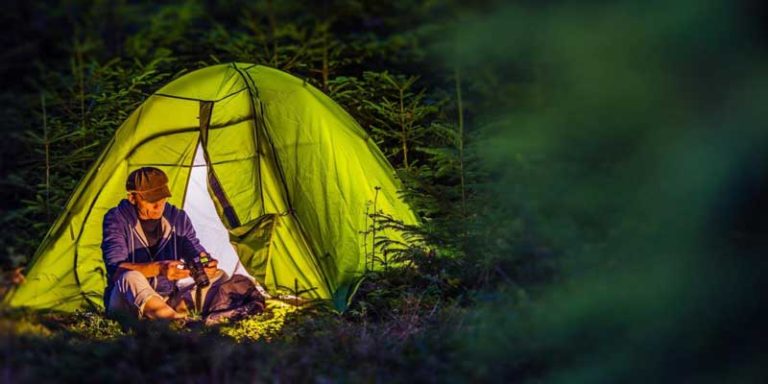Hiking in trail running shoes is not very uncommon. A lot of trail running folks use their trail running shoes for day hikes. On most day hikes when you’re not carrying a lot of weight and you don’t need that extra ankle support, trail runners can be a good option to consider. When using trail runners, it is important to know that the trail should not be too nasty otherwise you’ll need a pair of hiking boots. If a trail runner is flexible and provides great traction, it can serve the fast-moving weekend warrior quite well. If you’ll be carrying a heavy backpacking pack and will need additional support, you better get off with a pair of solid hiking boots.
Trail Runners for Hiking: Advantages
In the past few years, trail running shoes have become a go-to choice for thru-hikers, which makes sense. That’s because trail running shoes are usually lighter than the most full-on hiking boots. So it becomes easy for thru-hikers to put serious miles on nearly every single day. A solid pair of trail runners will provide enough support, protection, and traction. If you’re a person who enjoys the scenery on a mile or two runs, you can get an inexpensive pair and it may work just fine. However, if you do a lot of technical trail running, you may need an aggressive pair.
Some Downsides
There are some obvious issues and the number one is durability. You should not expect a lot of miles out of your trail running shoes because they are not as durable as hiking shoes or boots. One thing you can do is to plan out your replacements (and mail drops) along the way. Despite these downsides, trail running shoes are still popular among some thru-hikers. Some PCT thru-hikers said that they switched from boots to trail runners mid-trip. Also, trail runners provided them with a good level of comfort and a nimble feel.
Trail-Running Shoes on Pavement
Trail runners have a very unique design that also makes them good for pavement. But it can be difficult to try a single pair on both trail and road. Sometimes it becomes painful to run in trail runners on pavement or vice versa for long distances. Still, you can get a pair that can be used on both trail and road but don’t make it a habit of using a single shoe exclusively for long distances on both trail and road. If you want a shoe for both trail and pavement for short runs, Asics Gel-Venture is a suitable hybrid option.
How to Choose a Good Pair?
Below are some things to consider before choosing shoes for hiking.
Weight
Weight should be the priority when it comes to trail runners for hiking. Lightweight shoes feel less cumbersome and are faster. But it is always preferable that the design is not sacrificing too much in the way of comfort and performance. The ideal shoe should weigh around 1 pound per pair (measured in a men’s 9 or 10) to give you enough protection and support.
Cushioning
If you’re going to hike rocky terrain, you may need a pair with extra cushioning. If you prefer the ground feel, minimal cushioning may be better for you. Cushioning can also be a personal preference.
Shoe Type
There are three main types of trail running shoes; light, rugged, and off-trail shoes.
- Light trail runners provide moderate protection with traction. They are good for well-groomed trails.
- Rugged-trail shoes provide a little more foot protection, which makes them suitable for a variety of terrain.
- Off-trail shoes have some extra features than rugged-trail shoes. They feature aggressive outsoles and they are often waterproof.
Wide versus Narrow Fit
Get a pair of shoes that fit you perfectly. If you choose a shoe that doesn’t fit the width of your foot can cause blisters.
Heel-to-Toe Drop
It is the difference in shoe height from the heel to toe. Many trail running shoes have a drop in the range of 4 to 8 millimeters. Some shoes have a zero-drop encouraging a mid- or forefoot landing point. Keep in mind that the drop can be a personal comfort. Many folks prefer a moderate drop in their shoes while others prefer a zero-drop design.
Waterproofing
Trail running shoes made by Gore-Tex are waterproof. They consist of a waterproof and breathable lining. The extra layer adds weight – typically about 2 ounces total. If you want to go light and fast, waterproof options may not be for you. But if you’ll be hiking in the rain or slushy snow, Gore-Tex does a great job of preventing freezing toes.
Breathability
When your shoes aren’t breathable, your feet start to sweat and it is one of the most uncomfortable things that you’ll experience on the trail. Look for shoes with a breathable upper and Gore-Tex, which is also breathable. Nylon mesh is widely used in most shoes to add breathability. Shoes with heavy mesh are better for long runs in the heat of summer. To increase durability, manufacturers use a combination of a tight weave and thin fabric to both resist tears and reduce the barriers to air and moisture flow.
Lacing Systems
Laces play a critical role in shoe comfort. Most shoes have a standard lace-up closure but Salomon and Adidas are doing things a little differently. They both offer a single pull quick lacing system. For example, Salomon Speedcross 5, features a lacing system that is fast and very easy to use.
Conclusion
Trail running shoes can be a good option for hiking. They are lightweight and provide enough support and protection while you’re hiking. They also come in waterproof designs for wet situations but the Gore-Tex waterproof lining does add a little weight. However, trail running shoes may not be ideal for you if you expect them to last long because they are not as durable as full hiking boots or shoes. If that is the case, you should get a pair of hiking boots or shoes, for example, Salomon X Ultra 3 GTX. It is a lightweight hiking shoe that combines a feathery feel with impressive on-trail performance.



